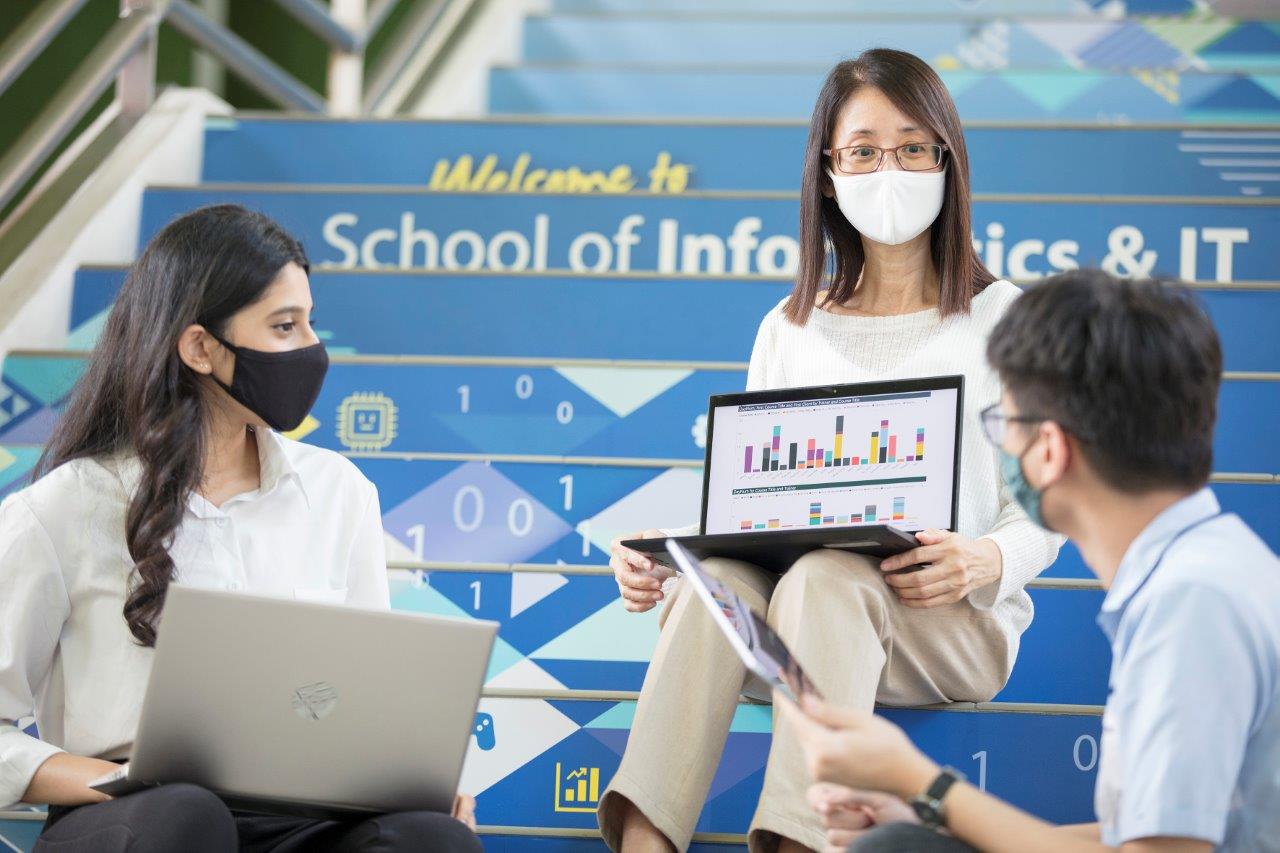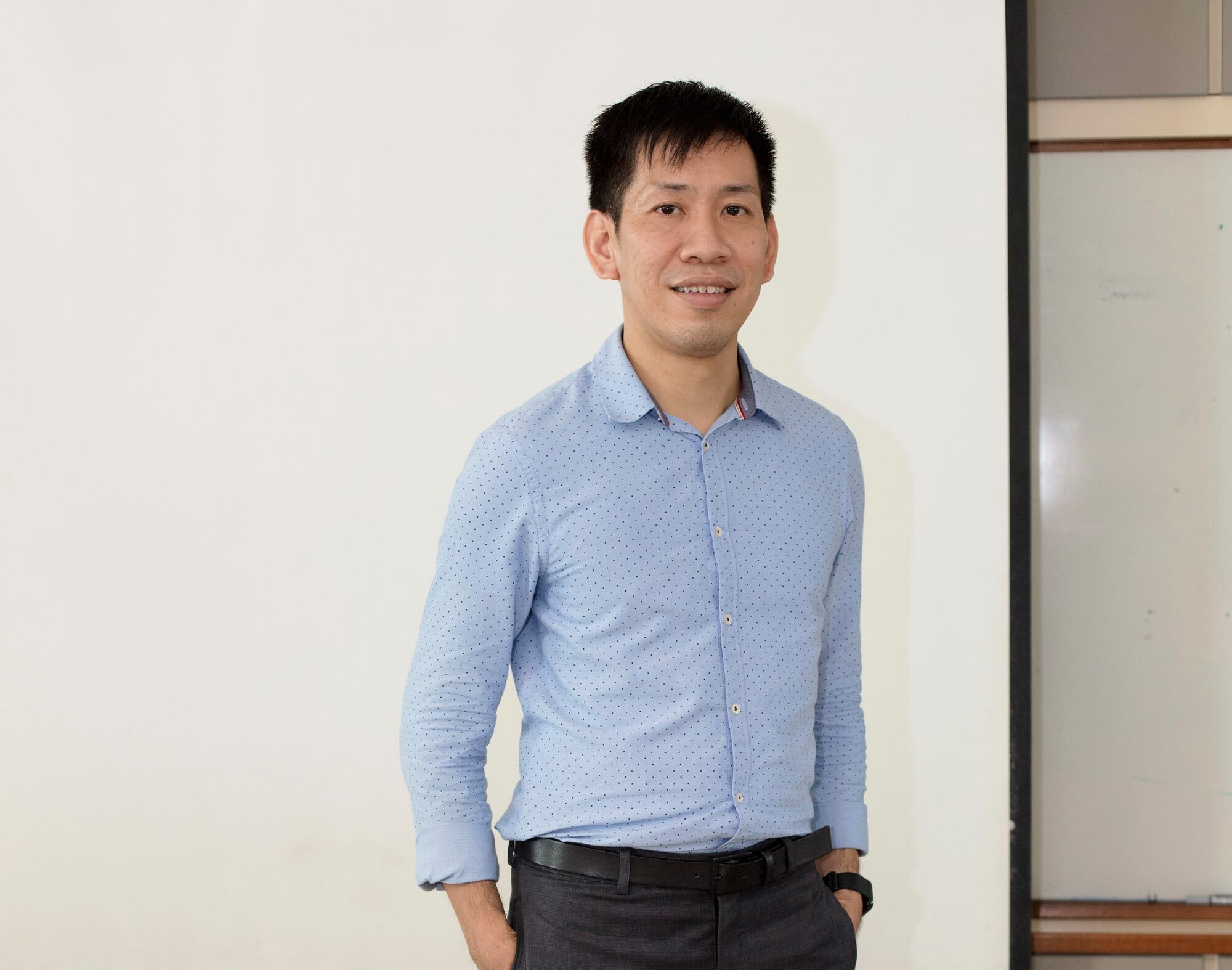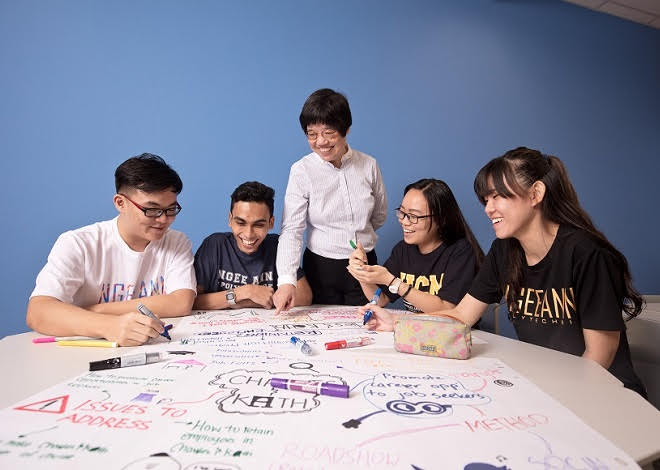Tang Iman, Temasek Polytechnic, President’s Award for Teachers 2021 Recipient
Last year, several hundred adults in Singapore became more data literate, thanks to Iman Tang and her team of 15 trainers at Temasek Polytechnic (TP).
Iman, who teaches subjects such as logic and mathematics, and data visualisation and analytics, has been conducting short courses on data analytics for adult learners since 2016. Over the years, she expanded some of the existing courses into a series of stackable courses, which would take participants through the entire data analytics life cycle – from data interpretation to visualisation, data storytelling and predictive analytics.
When the Covid-19 pandemic struck, Temasek Polytechnic’s courses caught the attention of companies looking to upskill their employees’ data capabilities. There was a significant increase in enrolment for introductory courses such as Basic Business Analytics @ Work. From doing 15 runs of the course in 2018, Iman went to doing 36 runs in 2020. She also trained a team of 10 instructors to cope with this increased demand.
Iman, a data specialist, is thrilled.
She says, “I want people to know that data can help them make better decisions. I want to help people find passion in what they do.”
And that’s exactly what she sees through the experiences of her former students.
A group of social service sector employees used their newfound data knowledge to do a geographical mapping of cases in Singapore to learn how to better allocate resources; an aircraft maintenance personnel compiled handwritten texts from pilots and engineers to aggregate the most common problems so as to improve his maintenance schedule and order the right amount of spare parts; a telco executive predicted churn rates—industry speak for rate of customer loss—so the team could retain customers with the right campaigns.
What made this even more heartening for Iman is that some of these students were data newbies who did not have much prior IT knowledge.
“This is also one of the challenges of adult education”, acknowledges Iman. Iman was redeployed from teaching mathematics to teaching data analytics in 2012, despite having no background in the subject matter. Therefore, as an adult learner herself, Iman is able to empathise with the students in her CET classes who come from varied backgrounds and help them connect the learning objectives with their prior knowledge and experience.
“In the same class, we can have someone in the tech business and another who hardly needs to touch an Excel sheet,” she said. “But at the end of the day, when the newbies produce a data dashboard on their own and see the potential of using it in their work, they are very thankful.”
Whatever their skill level, Iman aims to help all her students up their game – whether it’s a retiree, an upskilling adult learner or a young student. With that in mind, she designed a dual track for her courses – one for business users and the other for aspiring data scientists.
For those who need more help, she starts them off on the basics, or partners them with a tech savvier classmate for peer support.
For instance, for adult learners intimidated by the remote learning environment, Iman makes sure she covers the fundamentals from the get-go. “In home-based learning during Covid-19, the first thing we teach is how to share screens and how to toggle between windows,” she shared.
Once the initial hurdles are cleared, she encourages students to apply data sets that most can identify with to their hands-on course work. “This makes it easier for them to relate to the subject,” she said.
Thinking skills before tools
For Iman, at the heart of data analytics lies the ability to think critically about data. What issue is the data set looking to solve? “This is fundamentally more important than chasing technology and worrying over what software tools to use,” says Iman. “This is similar to how we don’t focus on learning the functions of the calculator but rather the mathematical concepts,” explained Iman.
“Once that thinking process is in place, the software tool becomes just a means to an end. Even if the technology tool they use becomes obsolete one day, these students would be able to stay relevant because they would have acquired the thinking skills to solve problems.”
Iman and her team’s practical and nurturing approach has brought them many ‘repeat customers’. Past students sign up for the next module of her stackable courses or introduce colleagues to sign up for the courses.
Numbers to the rescue
Even with her younger students, Iman shows a similar approach to data, i.e. using it to help improve outcomes.
She worked with a team on the Assessing Learning in Real Time (ALERT) project, which enables teachers to identify learning gaps in students.
Each week, students from across 20 classes are given a quiz to assess their understanding of the main concepts taught in class. This data goes into a dashboard for analysis. ALERT tells teachers at a glance whether their students have understood the topic and if there are parts of the topic they need to go over again.
Iman took the analysis a step further to identify individual students, who were finding certain concepts challenging, and then stepping in to improve their understanding.
Iman continued to make tweaks to the data collection system, making it easier for her colleagues to use it. Over time, 12 tutors came on board to use the learning analytics system, saving 12 man-hours per week across the semester and enabling early intervention to help students in need.
“What’s good is that students recognise and appreciate that their tutors are responsive to their learning needs and this makes them perk up and put more effort into what they are doing,” she added.
It’s once again about data helping to make better decisions.
Individual attention
Iman goes out of her way to ensure that her students benefit from her lessons. Back in 2012, Iman spent four months converting all her lectures into some 220 videos for students to watch before going into class.
“In the lecture theatre, students can be passive. They may understand your lesson only up to a certain point. With videos, they can stop, rewind and re-watch to understand the topic. This helps them take ownership of their own learning,” she said. This also means that during class, they can spend time on more productive discussions, clarify doubts and engage in hands-on tasks.
She adds, “I believe that every student can continuously improve themselves if given the right motivation. Every student has a unique profile. Some can be motivated by enriching classroom activities, some by fostering a sense of community via peer teaching and learning. For the unmotivated, it can take a bit more time and effort to draw them out.”
She shares an anecdote of a student, who was afraid of programming. You could see the resistance in her body language, shared Iman. Iman sat with her and helped her solve small challenges, starting with learning how to import the dataset. Over time, the student overcame her fear.
Says Iman, “I try to guide less motivated students to achieve bite-sized successes one small step at a time until they gradually build their confidence. When such students eventually feel ‘safe’ enough, they begin to take more responsibility for their learning and commit to upping their skills. I find that unlocking the motivation to learn in each individual student is one of the most rewarding aspects of teaching.”







